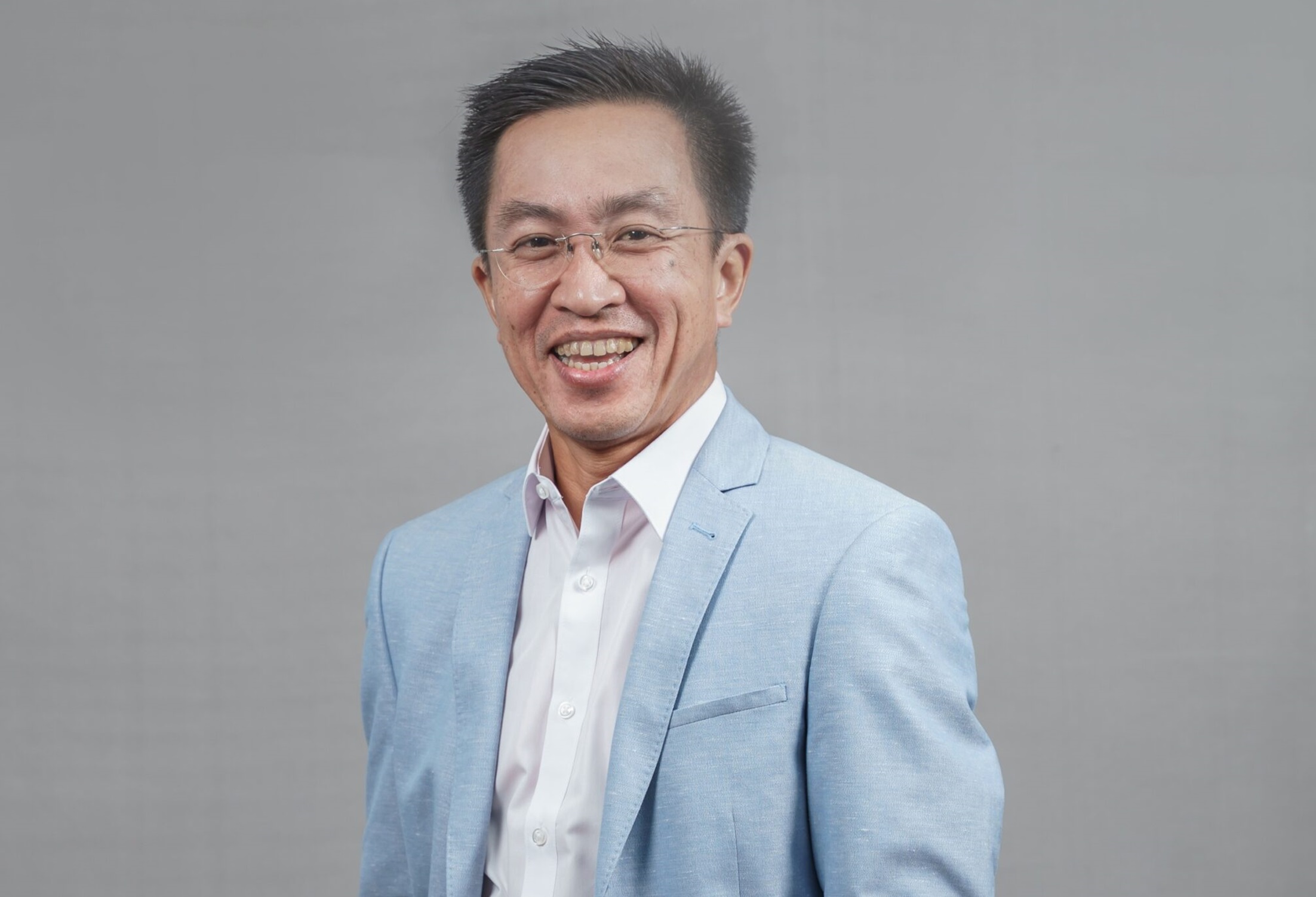How transformation is infinitely ongoing at DBS Bank

Some of the Asia-Pacific region’s most prominent HR and business luminaries will be sharing their experiences and insights to the biggest HR and technology event in the region next month.
They include Paul Cobban, DBS Bank’s Chief Data and Transformation Officer, who will be taking the plenary stage to highlight how his team is fundamentally changing mindsets and designing the enterprise start-up culture within the bank.
Since 2009, Cobban has led multiple bank-wide transformation programs at DBS, to drive continuous improvement through process re-engineering, human-centred design and journey thinking.
In advance of his talk at HR Festival Asia, we spoke to Cobban about the challenges and rewards of continuous transformation.
DBS Bank was able to transform to become World’s Best Digital Bank in just a few years. What were the biggest obstacles that had to be overcome as part of that transformational process?
Early on in our transformation journey, we made a conscious decision not to drive our transformation through a small “innovation” team.
Instead, we chose to involve the entire organisation and turn them into innovators and change makers. This was contrary to the prevailing wisdom then and came with a degree of risk.
Back then, we were very much a local, legacy bank without great market reputation, and we knew that this would be a slower and more challenging approach.
There was fear and uncertainty in those initial years. However, we made the right decision and the results have been very encouraging.
We launched a series of T-shaped transformations. The horizontal part of the ‘T’ is where we go broad in our transformation and encourage as many people as possible to participate.
This helps to create capability and confidence. We rewarded people initially for participating and realised that not every area was going to have amazing outcomes.
We balance that with focus areas where we provide management oversight and specifically skilled resources. That represents the vertical part of our ‘T’ approach.
There were other challenges along the way – resistance (because we were a legacy company), bandwidth, and change fatigue over time.
We overcame these by having a consistent sense of purpose, a strong and supportive leadership, and increasing levels of ambition that raised the bar and also made the work more interesting and meaningful.
| Wechose to involve the entire organisation and turn them into innovators and change makers. |
It’s easy to see today the value of that transformation for a banking/finance organisation in particular. But was the vision always clear before and during the transformation?
When we started our transformation journey 10 years ago, we wanted to reduce process inefficiencies. This evolved and grew into a larger vision – to make banking invisible so our customers can focus more on the things that matter to them.
However, two things have changed markedly. First, our ambition level – we have gone from benchmarking against other banks to aspiring to be better than top tech companies.
Second, we have moved beyond removing process waste in a then analogue world, to instrumenting digital journeys powered by what we call customer science.
Is the transformation an ongoing process? If so, what’s next, or what’s happening at the moment?
Transformation is infinite, and it’s an ongoing process. We are setting bolder goals and continuously reinventing ourselves. Currently, we have three key areas of focus:
- To become a data driven company that maximises the value of data through analytics and machine learning
- Moving to a digital platform operating model and,
- Focusing on making DBS a great place to work for our employees
Any advice for organisations who are contemplating, or about to undertake a similar cultural change?
Culture and people are the hardest to influence and change. But if you can get that right, almost everything else that enables transformation will follow.
Create a clear and very detailed vision and culture, and stay true to it. Be relentless in identifying blockers across the organisation.
Then experiment constantly to develop rituals and data-driven behaviours and decision making that will help to make the change stick.
You’ll be one of the keynote speakers on the Plenary Stage at HR Festival Asia. Can you give our readers a sneak peak into what you’ll be talking about?
Loads of companies have tried to do transformations. What sets us apart is our ability to set a bold and audacious vision. It’s all or nothing.
We bring the entire organisation on the journey, and we stick to it despite the many twists and turns along the way. We learn along the way, and we’ve certainly made some progress.
Is there anything else you’d like to talk about? Anything I should have asked, but didn’t?
What makes some transformations fail is hubris and inflexibility. We have meticulously tried to build a culture of learning and agility that allows us to fail, learn and improve.
| Hear more from Cobban at the first-ever HR Festival Asia, brought to you by the combined experience of HR Technology Conference & Exposition (US) and HR Summit (Asia).
The event will descend upon Suntec Singapore Convention & Exhibition Centre on May 8 and 9, and is slated to be Asia-Pacific’s biggest HR and technology conference, boasting six dedicated conference streams and a packed Expo. For more information, visit www.hrfestivalasia.com. |



